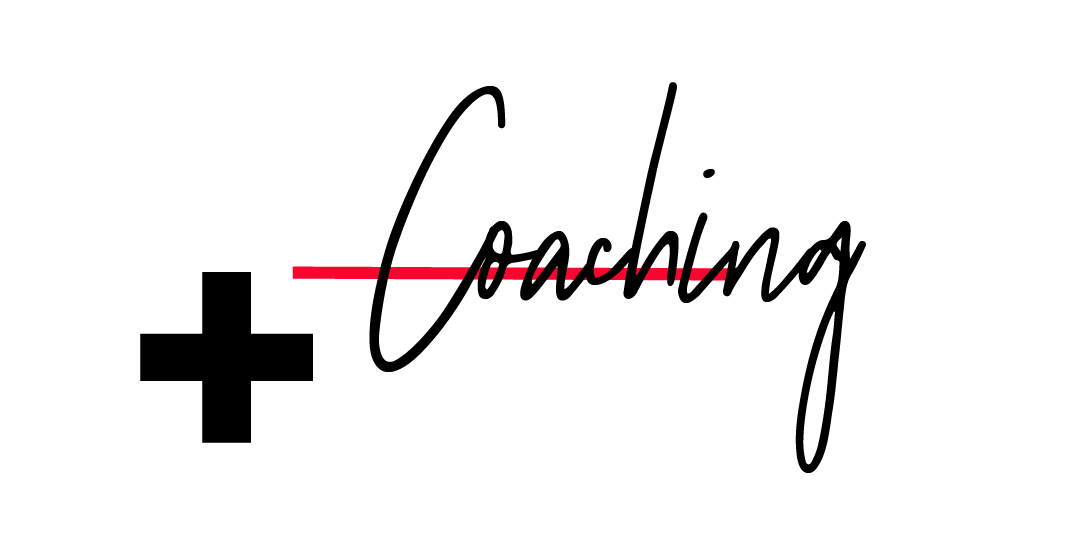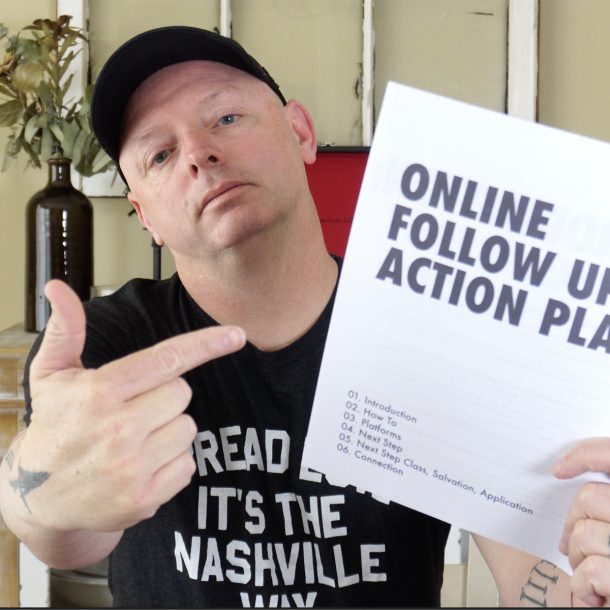I’ve been thinking about this idea a lot. Honestly, it’s something that has come together over the course of several years working with amazing creative people.
I think that healthy creative teams can’t have just one face or force driving them. I believe that healthy teams are composed of eight flavors…eight different characteristics. These are not “roles,” they’re responsibilities. Some people on our teams might have multiple flavors in their personality and others may specialize in just one flavor. Full, healthy, well-rounded teams are composed of some make-up of all eight flavors. So, here they are:
• CONCEPTUALIST – The conceptualist is an idea machine. A person that processes and passes on their ideas and innovative thoughts to others. Conceptualists are dreamers. They have really amazing ideas. Conceptualists often are solutions people, problem solvers, and excel in think tank and creative meetings. They have a unique way of making ideas appear. They create ideas and can sit down in a meeting and, with little or no notice, they just begin to spout ideas. Not just ideas but really good ideas. They’re great at beginning the creative process. The downside to a conceptualist is that as amazing as they are at creating ideas, they’re usually not as awesome at actually executing these ideas.
• ENHANCER – Simply, enhancers make ideas better. They’re able to listen to an idea and identify adjustments to make the idea more effective, creative, sticky, or just better. They help creativity be its absolute best.
• ARCHITECT – Architects make ideas happen. They are idea builders. Architects are the craftsmen/women of the creative world. They understand the idea and know how to move it from concept to execution. Architects build great teams and identify the necessities of making ideas come to life. They identify talent, connect the right people, and know the timeline for making this happen. They see the end product and know how to work to bring that to life. Architects can tend to be inventors or producers by nature.
• PIONEER – Pioneers are first. They’re the early adopters. They’re those people who seemingly always know the new song first or identify the latest design trend. They’re the guys on your team who always see that cool YouTube video before everyone else. It’s so important to identify the pioneer because they refuse to be comfortable. They are always looking out identifying what the next, next, next thing could or should be. Pioneers collect, share, and broadcast their findings for others and often find identity in knowing what is new and get board with what is popular.
• STORYTELLER – Storytellers create by composing. They identify the story in everything they see. They don’t just write, they understand the art of weaving the story together. Be it a live environment, a video, or the new employment manual, they’re composing stories inside of projects. Storytellers articulate the story and wrap ideas in narrative.
• PERFORMER – Performers understand the importance of delivery. They’re the person who captures the idea and is able to keep people motivated and engaged. They inspire people to rally around the idea. When it comes time to share the idea with the rest of the organization, the performer does such a great job sharing the idea that it moves other people to be involved. Performers understand the art of delivery.
• ANTAGONIST – Antagonists punch holes. While this is not a popular role, it is very necessary. Antagonists ask questions – often uncomfortable ones. They want things to be right and aren’t usually blinded by the romantics that surround ideas. Antagonists are willing to fight for what’s right and are often misunderstood for being stuck in their ways or just plain ‘negative.’ The trick to antagonists is positioning them in a place where they can use their gifts without hurting the morale or energy of the team; giving them permission and coaching them on the right time to use their gifts. Healthy antagonists have the ability to get on-board with ideas once the ideas are processed and execution begins.
• CURATOR – The curator sees the big picture. They understand how ideas work together. Curators understand, feel, and experience. They know which ideas will work, which ideas aren’t ready, and the other ideas that might be better used elsewhere. Curators approach art with less emotion, but with the filter of how the end user will feel the ideas.
Does your team have all eight flavors represented? Is your team healthy when it comes to how you create, process, and produce ideas? Honestly, no team is ever totally healthy.





This is a great list and so helpful for me as I process each. Thanks Stephen.
Good stuff. Would love for you to dissect this even further.
Great post, man. I can read these and see matching strenghts from the Strength Finder’s tests …